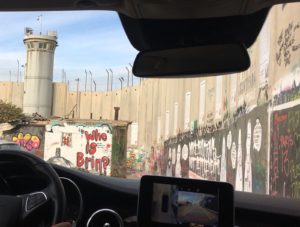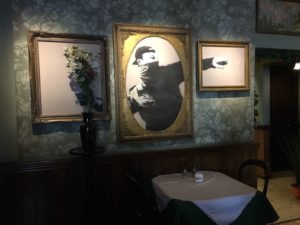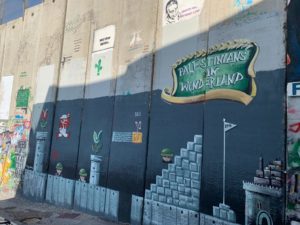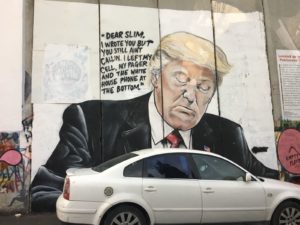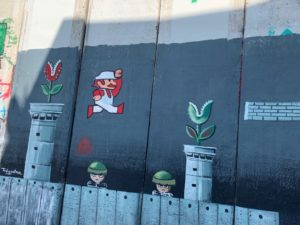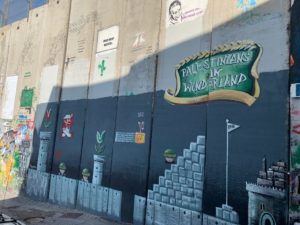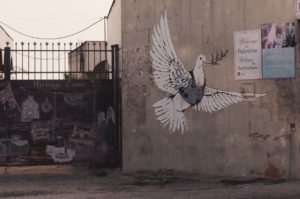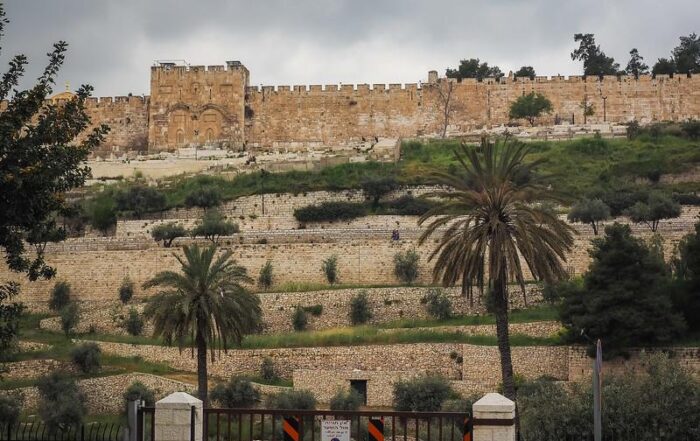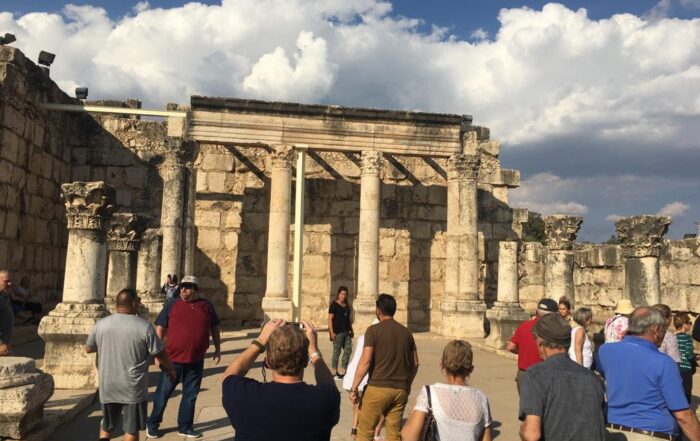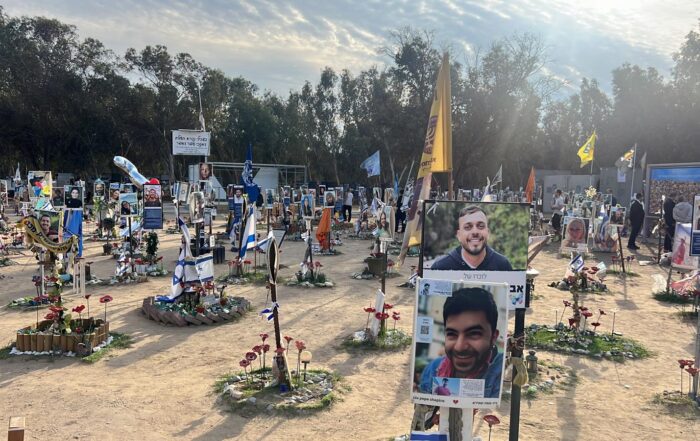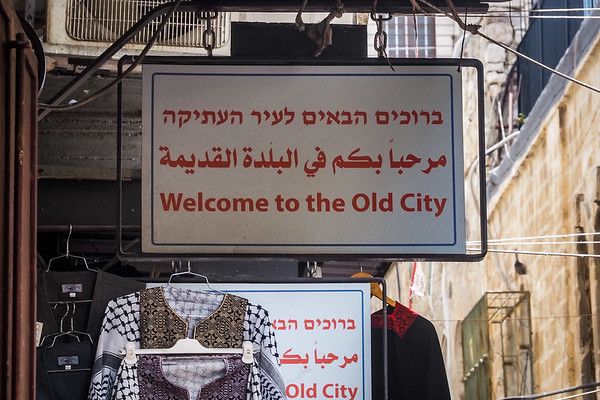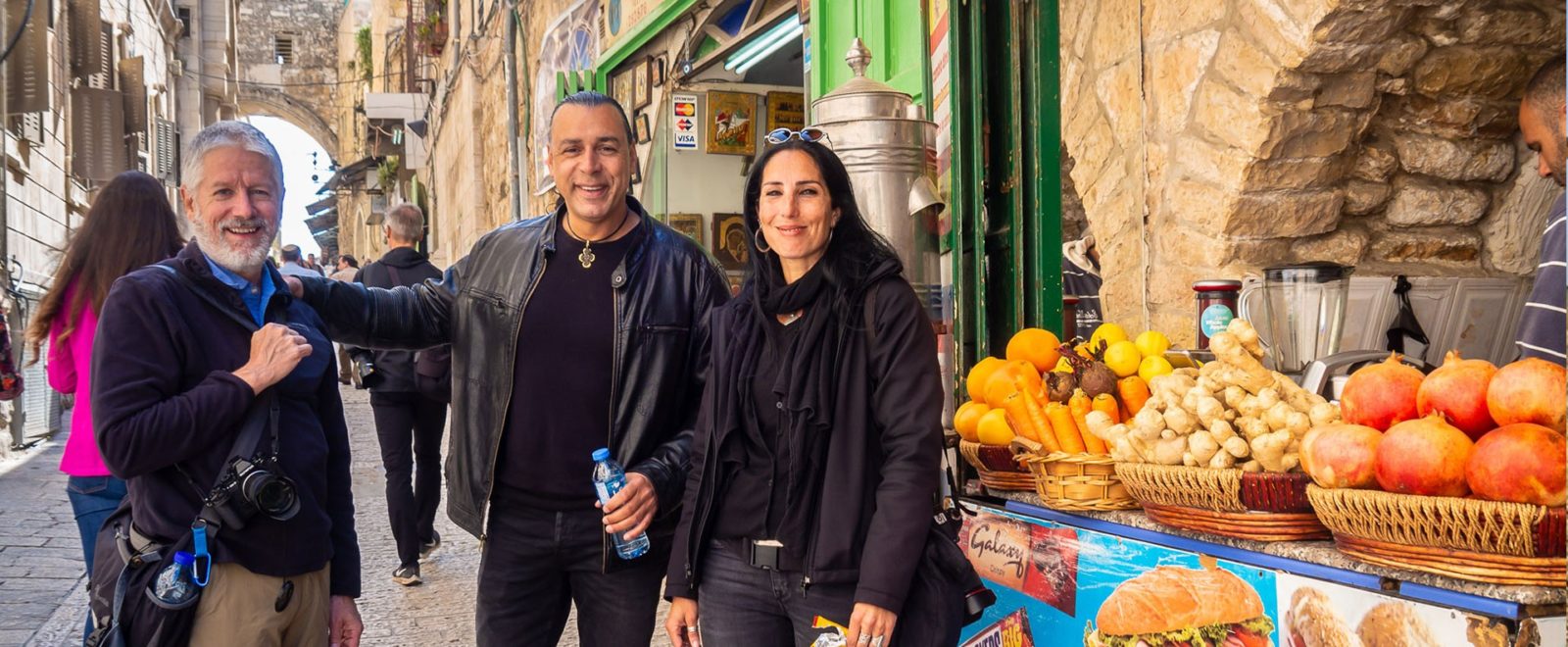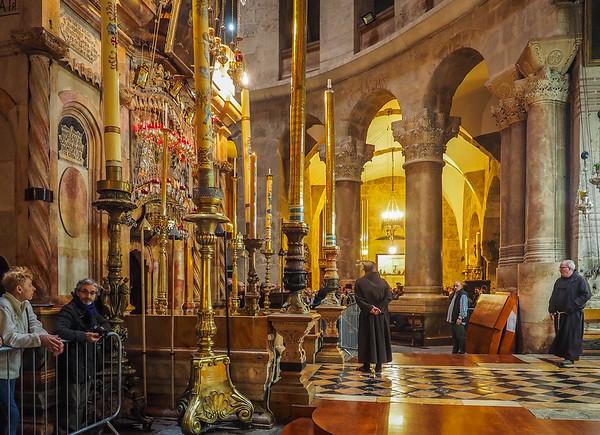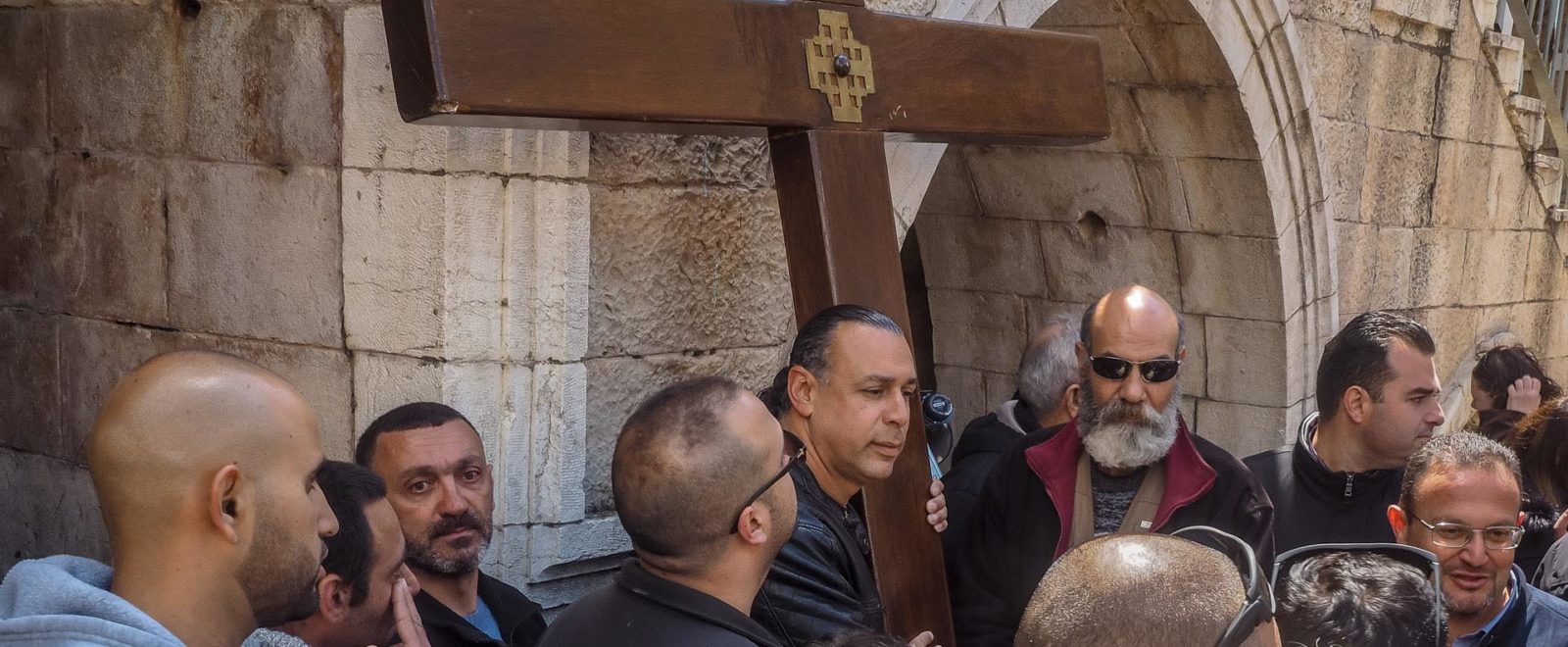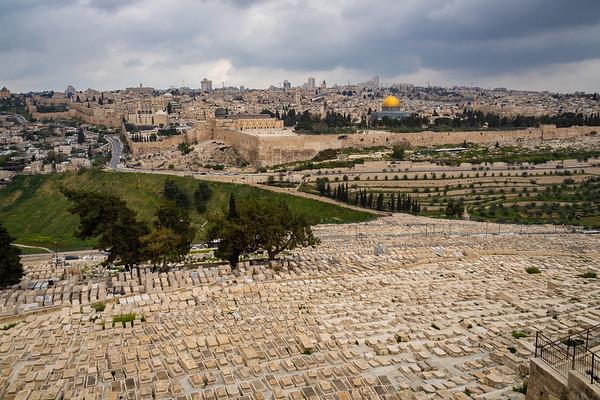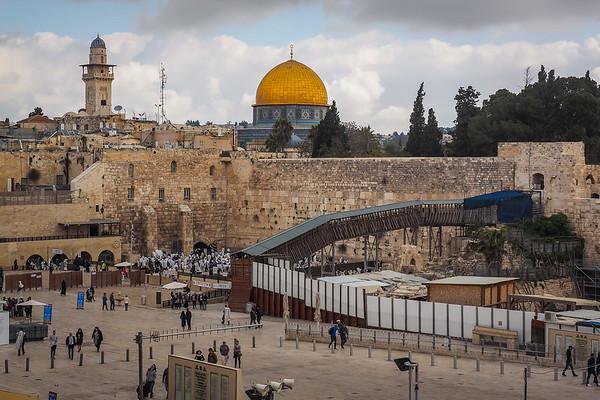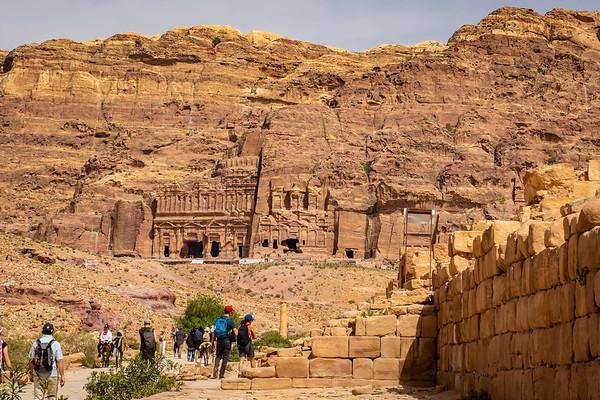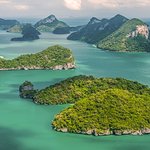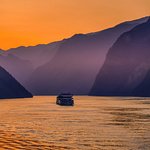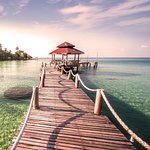Israel is a city with two distinct realities, and between these two realities is the Separation Wall. It goes by other names such as the Security Wall, the Barrier Wall, or Israel’s Wall.
Why is this wall so important?
The separation wall serves as the border between much of Israel’s eastern parts and the Philistine controlled west bank. This border also is a constant reminder of the duality that exists in Israel. On one side of the wall is prosperity. The other side, however, has a significantly less comfortable reality.
What is the Separation Wall?
The Israeli West Bank barrier is a large barrier made of grey concrete. It rests between Israel and the West bank. Israel uses it as a security barrier. The Palestinians, on the other hand, see this wall as racial segregation or an apartheid wall. The wall stretches a total length of 708 kilometers and cuts through Israel and the West Bank.
The barrier was built during the second Intifada, which began in September 2000. The Israeli government saw this wall as a necessary measure to stop the wave of Palestinian political violence inside Israel due to the uprising. As Israelites, they saw this wall as an effective barrier considering that the number of suicide bombings was significantly reduced.
Initially, the wall was set up as an initial measure to curb the violence during that period; it has now been associated with a future political border that separates Israel and Philistine.
What is the History Behind the Security Fence?
If you are looking for a sight for sore eyes, this isn’t the place to visit. However, it still has many benefits. As a result of its looks, it has earned another Arabic name, “the apartheid wall.”
The temple mount is a critical Landmark for all the major religions in the region. The Jews, Christians, and Muslims all see it as a holy place. Fortunately for tourists, that is also where the Western wall is located. It is the last remaining reverence of the second Jewish temple built by king Herold The Great in the last century BC. If we go further back into its history, it is also believed to be the site of mount Zion.
The Herods temple was one of the most important sites where Jesus walked. Muslims also have a spiritual connection to the site, so claims to the property are debated.
Today, the Israeli government oversees the security of the site and a Jordanian Waqf. Non-Muslims were not allowed to visit the Temple Mount Plateau, allowing only Muslims to enter the dome of the Rock and the Al-Aqsa Mosque.
In 2000, Sharon’s visit to the site resulted in Jerusalem’s Muslim community’s provocation. They saw it as one of their most holy sites. The aftermath of this provocation was an uprising or “intifada,” which is gotten from the Arabic verb “to shake off.” The uprising took the lives of thousands of both philistines and Israeli. From protest against Sharon’s visit, the situation escalated to riots. The Israeli government used tear gas and rubber bullets to disperse the crowd. Things quickly turned violent, and there were repeated suicide bombings in Israel.
The uprising went on for over five years as violence only begat more violence. The Israeli government thought it wise to construct a massive wall between Israel and the West Bank. That is why it is named the security wall.
What is the current state of the Separation Wall?
There are varying elements present on the wall once its construction was completed. Not every part of the wall is constructed from concrete. There are entire sections that are missing as a result of metrological or bureaucratical influence.
Some wall areas have barbed wire as an extra deterrent, while other sections were constructed for specific circumstances. Along the Trans Israel Highway section, the Israeli government installed bulletproof glass after snipers in the West Bank began targeting construction workers.
What can a person hope to experience when they look at the wall?
The answer to this question depends on one’s perspective of things. From one side of the wall, it serves as a security measure. From the other side, it serves as a constant barrier, both racially and to a better life.
In Jerusalem, tourists could drive around in circles, figuring out where Israel and Palestine began. Using google for directions might end up confusing you further. Many times, the first inkling you get that you’re approaching the wall is that the famous and uptown parts of Israel fade away in your back mirror, and you enter the suburbs. As you go further, you begin to clench unto your car seats more and more, and then you approach the tall, thick slabs of concrete.
There are, however, some fantastic graffiti on the separation wall. Artists have taken out time to paint some unique artworks on the wall to add color to the otherwise grey piece of concrete. One famous artist who has contributed to the paintings on the wall is Banksy. These artworks are a representation of the fact that there is beauty even in bad times.
Conclusion
The wall was an effective way to stop the violence; however, it came with its problems. Are you thinking of visiting the wall yourself? Get to experience the story behind this tall and highly controversial structure. Hear the story from people living close by who know the truth?
I can get you there. Book your tour today with an Arab Christian Palestinian guide holding an Israeli passport so he will have access to be in both Israel and the West Bank Palestine side. Get the full experience of the security fence.
Subscribe for Deals & Offers
Recent articles
Book a tour
Visitors Share Their Experience
Highest recommendations to use Holy Land VIP Tours! Our family of five wanted to visit Jerusalem and surrounding Christian sites but wanted to be on our own, without a large travel group.
We traveled with Holy Land VIP tours and Daniel was our guide. We felt very safe, and our accommodations were excellent. We were able to visit all of the Christian Holy Land Sites.
Daniel was able to take us to all the places we wanted to go and enable us to get into many places because he knew someone! He is very knowledgeable and accurate in the places.
Daniel and his Holy Land VIP Tours team were superb in all regards. We had a customized and flexible 7-day tour of Israel, including the northern coast, Galilee, Golan, etc.

Tripadvisor Certificate of Excellency
2017-2019
Bryan Hubert Hendriks
Travelers’ Choice Award
2020 & 2023


